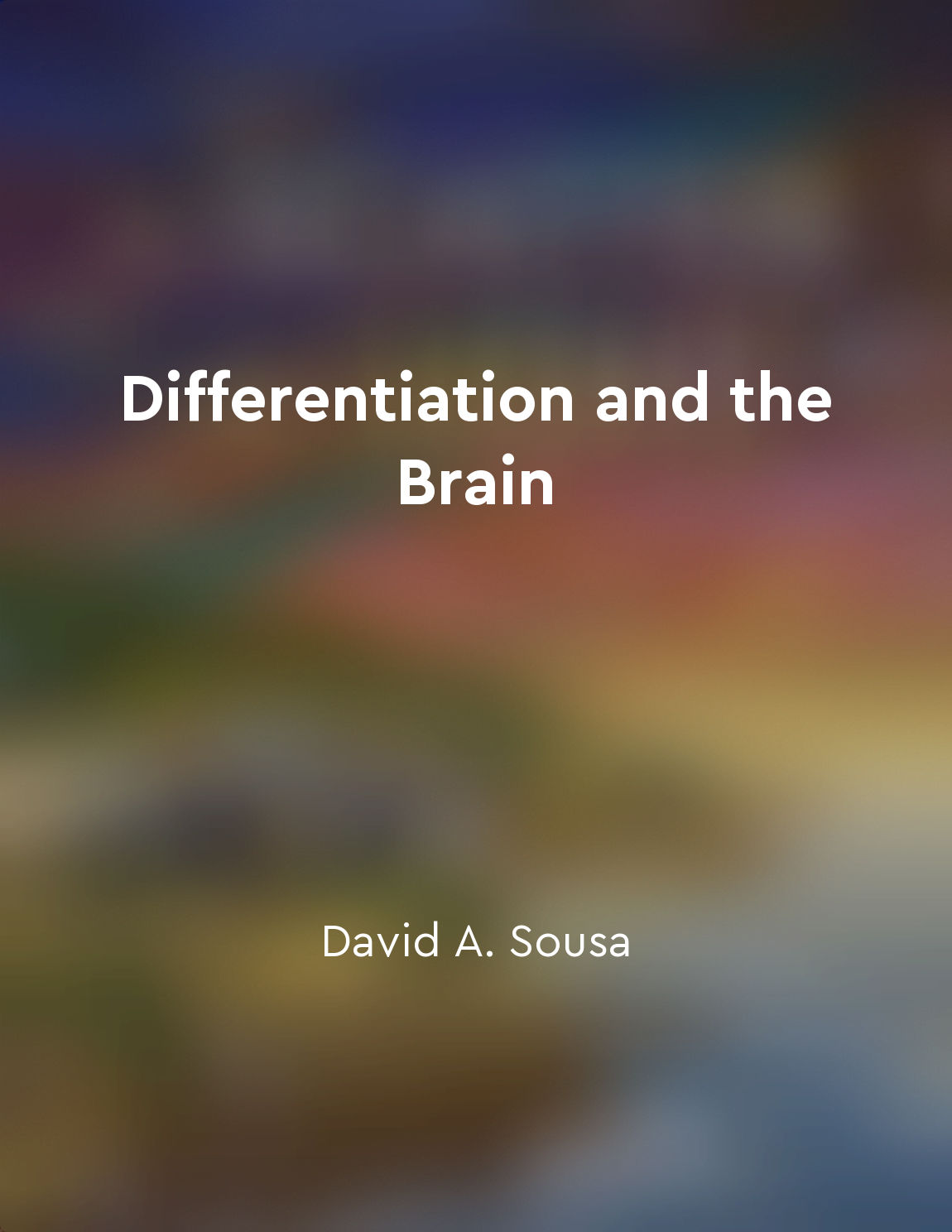Incorporating play into learning promotes creativity from "summary" of Sparking Student Creativity by Patti Drapeau
The idea of incorporating play into learning to promote creativity is rooted in the belief that when students are engaged in playful activities, they are more likely to think outside the box and come up with innovative solutions. Play allows students to experiment, take risks, and explore new ideas without the fear of failure. This sense of freedom and exploration is essential for nurturing creativity in students. When students are encouraged to play with concepts, materials, and ideas, they are able to make connections and see patterns that they may not have noticed before. Play helps students make sense of the world around them and develop a deeper understanding of complex concepts. By engaging in playful activities, students are able to approach learning in a more open-minded and flexible way, which allows for greater creativity to flourish. Furthermore, play encourages students to collaborate with their peers, share ideas, and build upon each other's thoughts. This collaborative aspect of play fosters a sense of community and support among students, which in turn enhances their creative thinking skills. By working together in a playful and non-competitive environment, students are able to bounce ideas off each other, offer feedback, and come up with innovative solutions to problems. Incorporating play into learning also helps students develop important skills such as problem-solving, critical thinking, and communication. When students are engaged in playful activities, they are challenged to think creatively, think on their feet, and think outside the box. These skills are essential for success in the 21st century, where the ability to adapt to rapidly changing environments and come up with creative solutions is highly valued.- By incorporating play into learning, educators can create an environment that nurtures creativity and encourages students to think in new and innovative ways. Play allows students to explore, experiment, and collaborate in a safe and supportive environment, which ultimately leads to deeper learning and greater creativity.
Similar Posts
Encouraging a sense of purpose and meaning
Encouraging a sense of purpose and meaning in our children is essential for their overall well-being and development. When chil...
Use nonverbal cues to show understanding
When you're trying to communicate with your child, sometimes words aren't enough. Nonverbal cues can be just as important in sh...
Reflect on past experiences for insights
The idea is simple - think about what you have done before. Reflect on past experiences. Look back at what you have done. This ...
Collect ideas
One of the best ways to keep your creativity flowing is to constantly be on the lookout for new ideas. Ideas are all around us,...
Nature provides a sense of calm and tranquility for children
In the wild places, the places that we call nature, children find their most profound sense of peace and tranquility. Surrounde...
Embracing change and impermanence can lead to greater peace
Embracing change and impermanence can lead to greater peace. Life is constantly in flux, ever-changing and unpredictable. By ac...
Creativity requires both intuition and rational thinking
To truly understand the concept of creativity, we must first recognize that it is not a simple, linear process. It is not just ...
Foster a sense of cooperation and community
In Denmark, fostering a sense of cooperation and community is deeply ingrained in the culture. It is not just a vague concept; ...

Brainbased teaching strategies can enhance student engagement
To create an engaging learning environment, it is essential to understand how the brain functions in the context of teaching. B...

